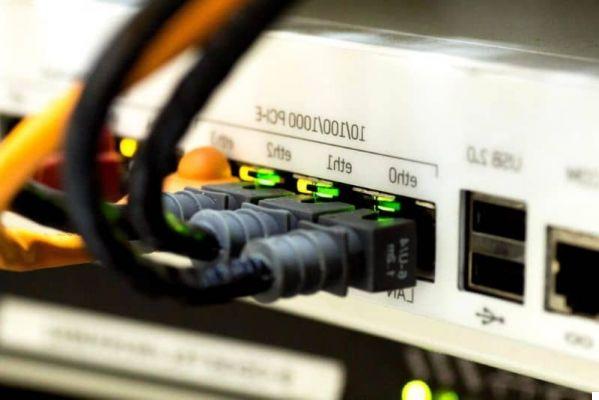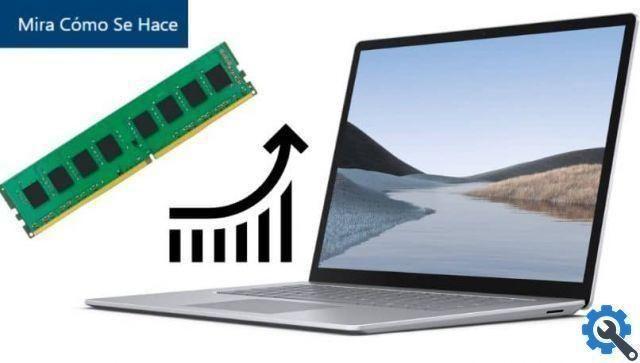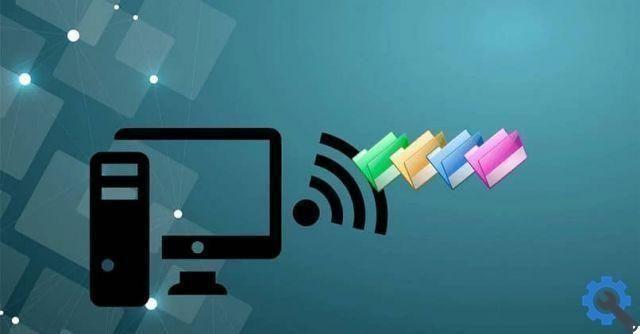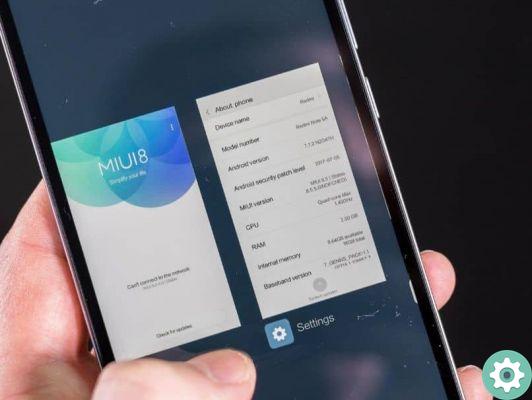Digital information is available in all corners of the world thanks to the implementation of technologies such as ADSL and optical fiber. So you are wondering what are the differences between ADSL connections and optical fiber? We encourage you to read this article so that you know the particular attributes of these two technologies.
What are the differences between ADSL and fiber optic connections?
Before knowing the differences between the connections ADSL and optical fiber, it's helpful for you to understand what each of them is based on. Next, we explain through this article what ADSL is and what a fiber optic connection consists of.
What is ADSL?
ADSL comes from the Anglo-Saxon language for Asymmetric Digital Subscriber Line, which in our language would be Asymmetric Digital Subscriber Line. Allows Internet access via high-speed data transfer.
This technology makes it easier to send data over broadband than with a modem since it prevents the transfer of voice (telephone calls) if the data is transferred at the same time while browsing.
To avoid this obstacle in the network, the ADSL connection avoids signal distortion through a filter or splitter that separates the two signals. Also in relation to this it is possible to improve the noise / attenuation of an ADSL line.
![<a name=]() What are the differences between ADSL and fiber optic connections?" src="/images/posts/1147a97b3644eb4626f394668c710a06-0.jpg">
What are the differences between ADSL and fiber optic connections?" src="/images/posts/1147a97b3644eb4626f394668c710a06-0.jpg">
What is optical fiber?
Optical fiber is a cable made up of a transparent and flexible glass or plastic fiber. Optical fiber works with light pulses which are transmitted to the ends of the fiber (photodiode). The computer interprets these impulses as zeros and ones and then the information is created.
One of the most important qualities of optical fiber is the high bandwidth it offers, which can reach up to 1 Terabyte per second. It also highlights the flexibility of the fiber and its low weight, as well as information security.
Anyway, you have to keep in mind that there are different types and characteristics of optical fiber besides what we will mention below.
Differences between ADSL and optical fiber connection
Now that you know each of these connections, it is time to find out how they differ and then you can draw your own conclusions based on the particular usefulness of each of these technologies.
In terms of coverage and speed, ADSL is slower than optical fiber. About that, the optical fiber reaches speeds between 50 Mb and 1 TB, while ADSL can reach up to 30 Mb. The difference in this respect is remarkable.
However, the truth is that there are many technologies related to networks, for example it can be interesting to know what hybrid fiber coaxial network is and how it works. Without further ado, let's continue with the comparison between André SL and optical fiber.
Fabrics
As for the material, it can be said that the ADSL is much more robust than optical fiber. ADSL uses copper cables while optical fiber is made of glass fiber or plastic which makes it lighter and more flexible.
Connection quality
As for the quality of the connection, ADSL can provide one low and mid-range quality while the optical fiber provides high quality with guaranteed speed. This attribute is very important for Internet users.
![<a name=]() What are the differences between ADSL and fiber optic connections?" src="/images/posts/1147a97b3644eb4626f394668c710a06-1.jpg">
What are the differences between ADSL and fiber optic connections?" src="/images/posts/1147a97b3644eb4626f394668c710a06-1.jpg">
Coverage
In relation to coverage, ADSL has managed to expand in small populations so its use is very broad. On the other hand, optical fiber is not yet used in hard to reach places because it is still under development. There optical fiberIn fact, it is not available in small towns.
Symmetry
There is another difference regarding symmetry. ADSL it is asymmetrical and the optical fiber can be symmetrical allowing multiple actions on the network such as uploading large files and making video calls; it can also be asymmetrical with an upload speed ranging from 5 Mb to 100 Mb depending on the type of connection.
If you are interested in learning more about symmetry and asymmetry. Remember that you can inquire directly about what symmetrical fiber is and the differences with optical fiber, to learn more about these networks.


























